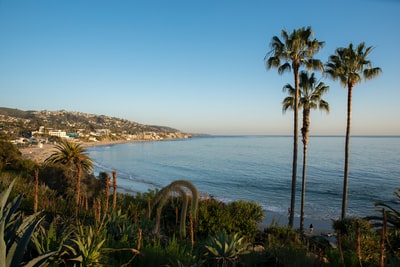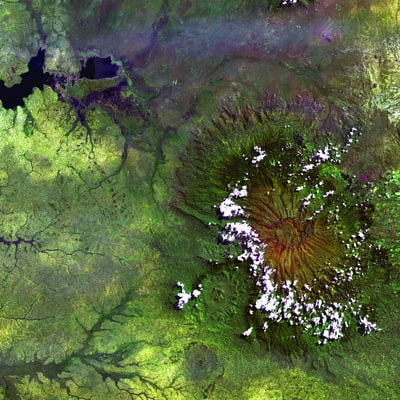
Rocks belong to one of three groups whose formations are linked by something called the rock cycle. Find out about the characteristics and formation of igneous, sedimentary and metamorphic rocks and where these can be found in the UK.
There are three different rock types: igneous, sedimentary and metamorphic rocks.
Igneous (the word is Latin for ‘fire’) rocks are the oldest of all rocks. Igneous rocks started in molten form and cooled down over time – lava is one example of an igneous rock. This is why igneous rock is often found where continental plates come together or move apart. You can find igneous rock around our coasts, including Cornwall, and on Dartmoor.
Sedimentary rocks are formed over millions of years and are the result of erosion caused by the elements. Rivers wash minerals downstream and these form layers at the bottom of the sea. Over time these layers harden into rock. Sandstone is a type of sedimentary rock. You can find it around our coast as well, including the cliffs of Sussex and Yorkshire.
Metamorphic rocks are formed when other types of rock undergo extreme pressure or temperature change. Much of the earth’s crust is composed of metamorphic rock because deep inside the earth the pressure and temperatures are immense. In Britain you can find metamorphic rock mainly in the Scottish Highlands. Some metamorphic rocks in the Hebrides are up to three billion years old!
The Rock Cycle
Although rocks can appear to remain unchanged for billions of years, they are in fact constantly being transformed due to a process known as the ‘rock cycle’. Metamorphic rock melts and then cools to become igneous rock; this pushes to the surface where weathering, erosion and transportation takes place; sediment is buried; the sediment is buried and compacted to become sedimentary rock; deformation and metamorphism takes place; and so metamorphic rock is formed again.
Different rock types -granite, chalk and clay, and carboniferous limestone – result in contrasting landforms and landscapes. They also create resources that can be extracted, land to farm and scenery for tourism.

